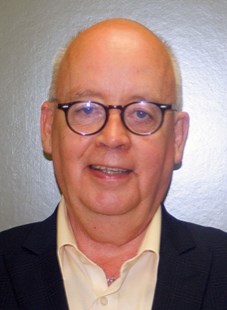Archaeologists named her Sunrise Girl-Child, Xach’itee’aanenh T’eede Gaay in the language of the Tanana River people in central Alaska where her skeleton was found in 2010.
She lived for only six weeks, 11,500 years ago, and was interred in a burial pit beside a younger baby on a ceremonial bed of antler horns and ochre, showing us that parental grief is as ancient as the hills.
On Jan. 3 this year, an international team of scientists announced that they had recovered a complete set of DNA from her bones, and found that she was a member of a hitherto undiscovered race of early immigrants to North America they are calling the Ancient Beringians.
They represent a new ingredient in our continent’s racial melting pot because they were genetically split from northern native Americans 20,000 years ago when the first humans migrated and crossed the land bridge from Siberia to Alaska during the last Ice Age.
The long, slow search for Ancient Beringian descents is now a part of North America’s archaeology of prehistory.
The Sunrise Girl-Child was born in a riverbank village on the Upward Sun River, where her nomadic people came to fish for salmon and hunt the hare that were staples of their diet. The infant’s skeleton, her DNA, and the itinerant Beringians are a world away from Central Alberta in the 21st century. At first glance, we have no tie to these antiquated bones.
But there is a school of history that explains the past as a longue durée – a long tide – of history on which people and events are transitory flecks of sea foam.
Our relationship with the Beringians is carried by those tides. Sunrise Girl-Child is our sister under the skin. We don’t share her DNA but we do share her humanity, her earth and her spiritual universe.
She lived under the same sun and the same moon as us. She had a family and a community.
The migration of her race from Asia to America was made possible by climate change.
The evidence of a burial ritual for Sunrise Girl-Child raises questions about the sense of the sacred of the Ancient Beringians.
Funeral rites down through the ages reflect a belief that there is a life beyond death.
Did the people of the Sunrise Girl-Child, by the light of their own spiritual revelation, know the same one God as the faithful of Central Alberta – Indigenous, Christian, Jewish, Muslim, Sikh?
What is important are not the flecks of foam we disagree about, but the strong underlying tide that we share.
Frank Dabbs is a veteran political and business journalist and author.

